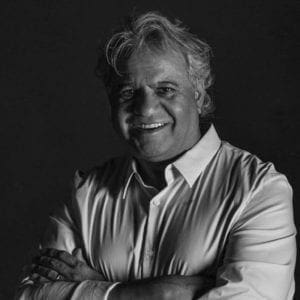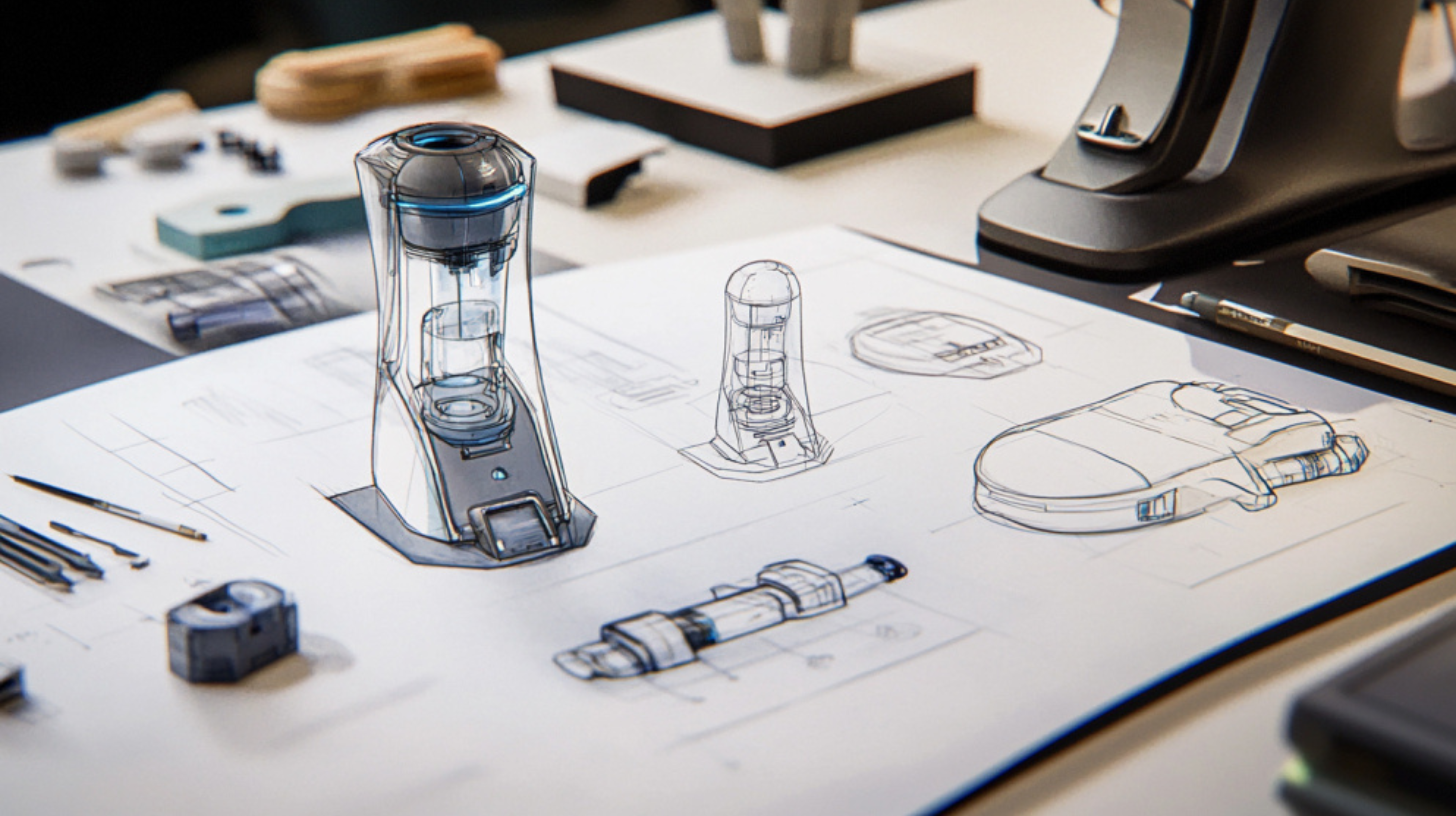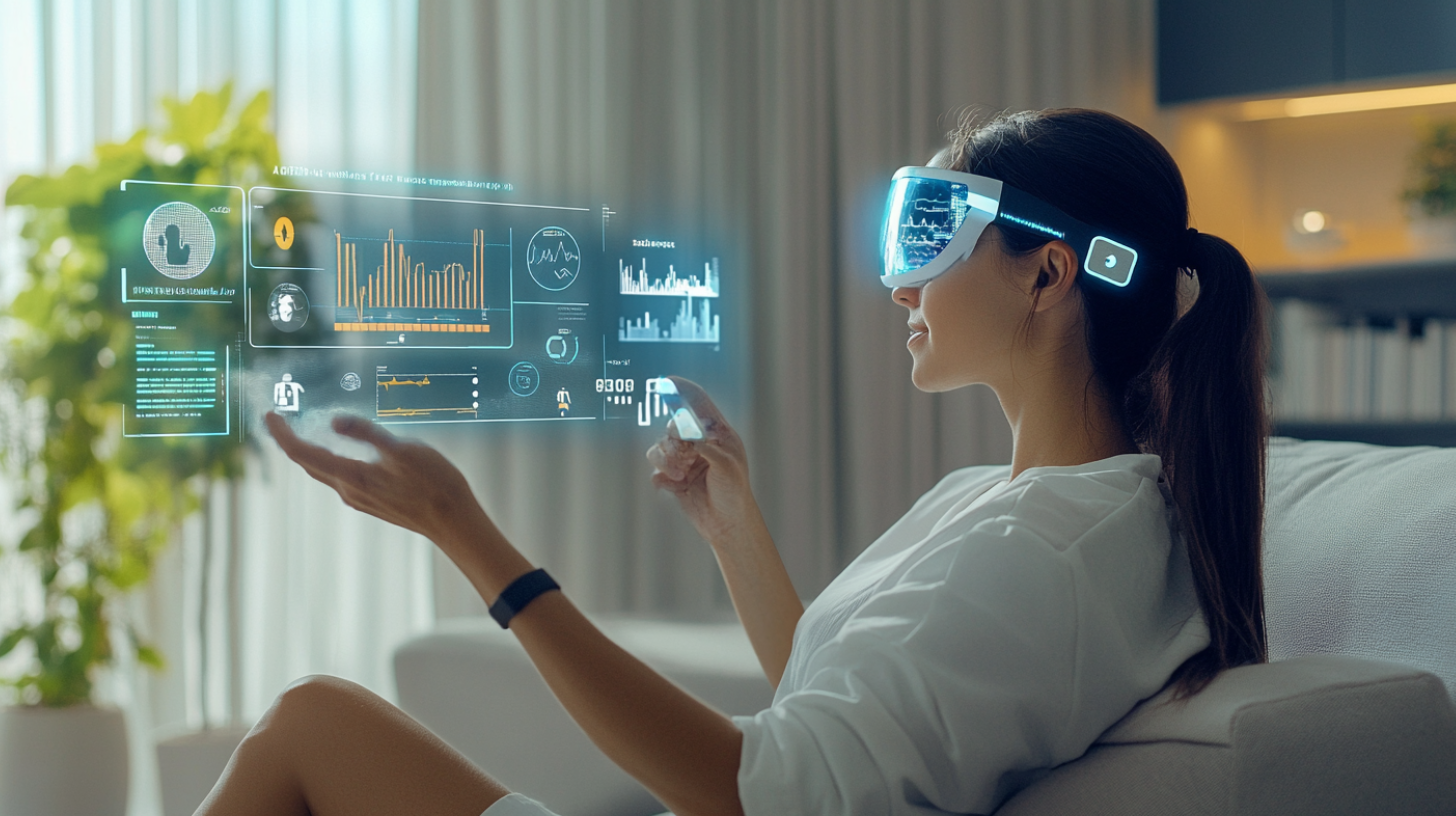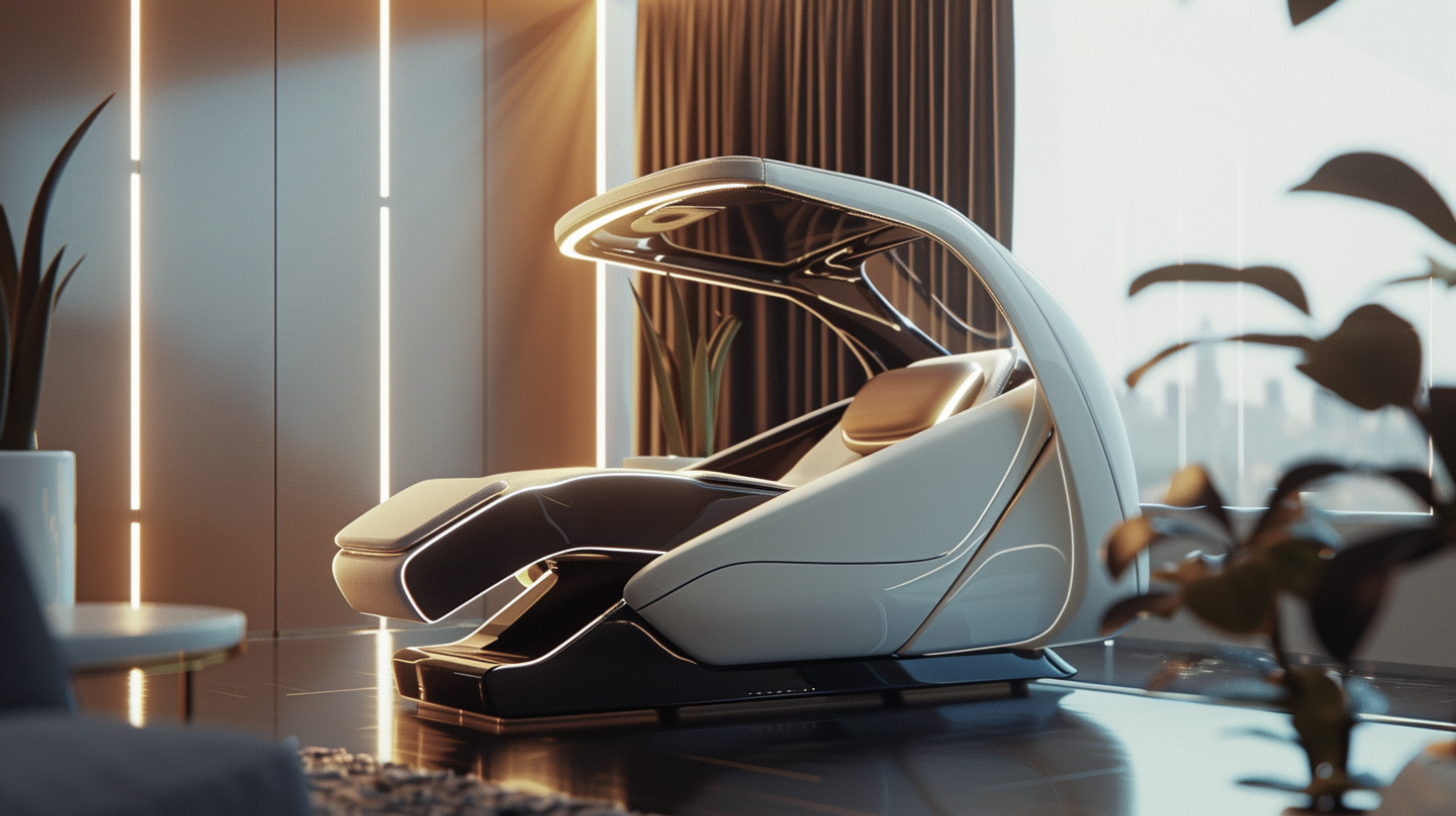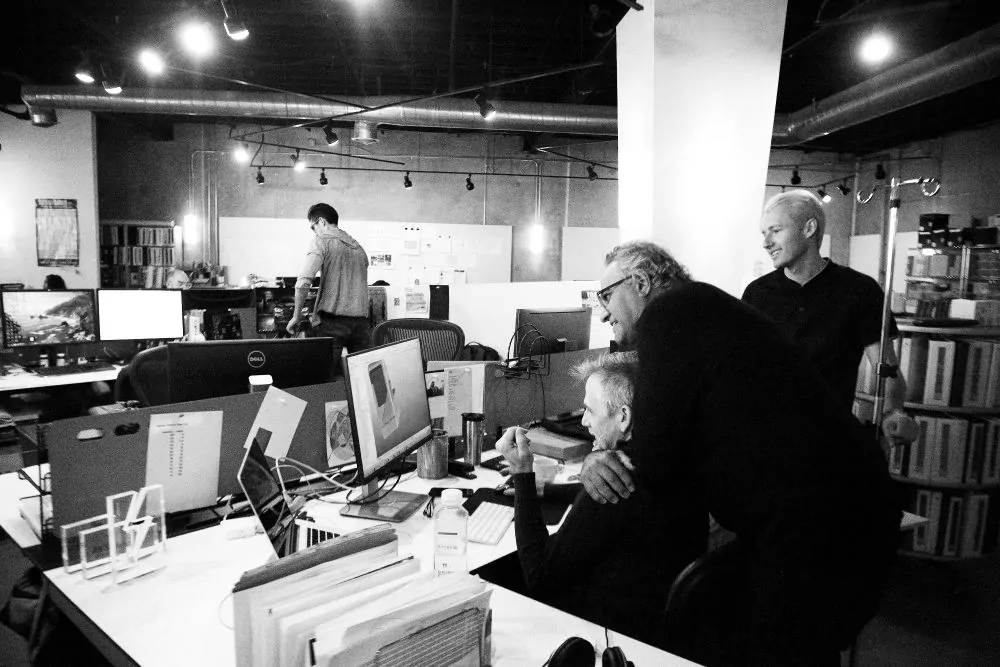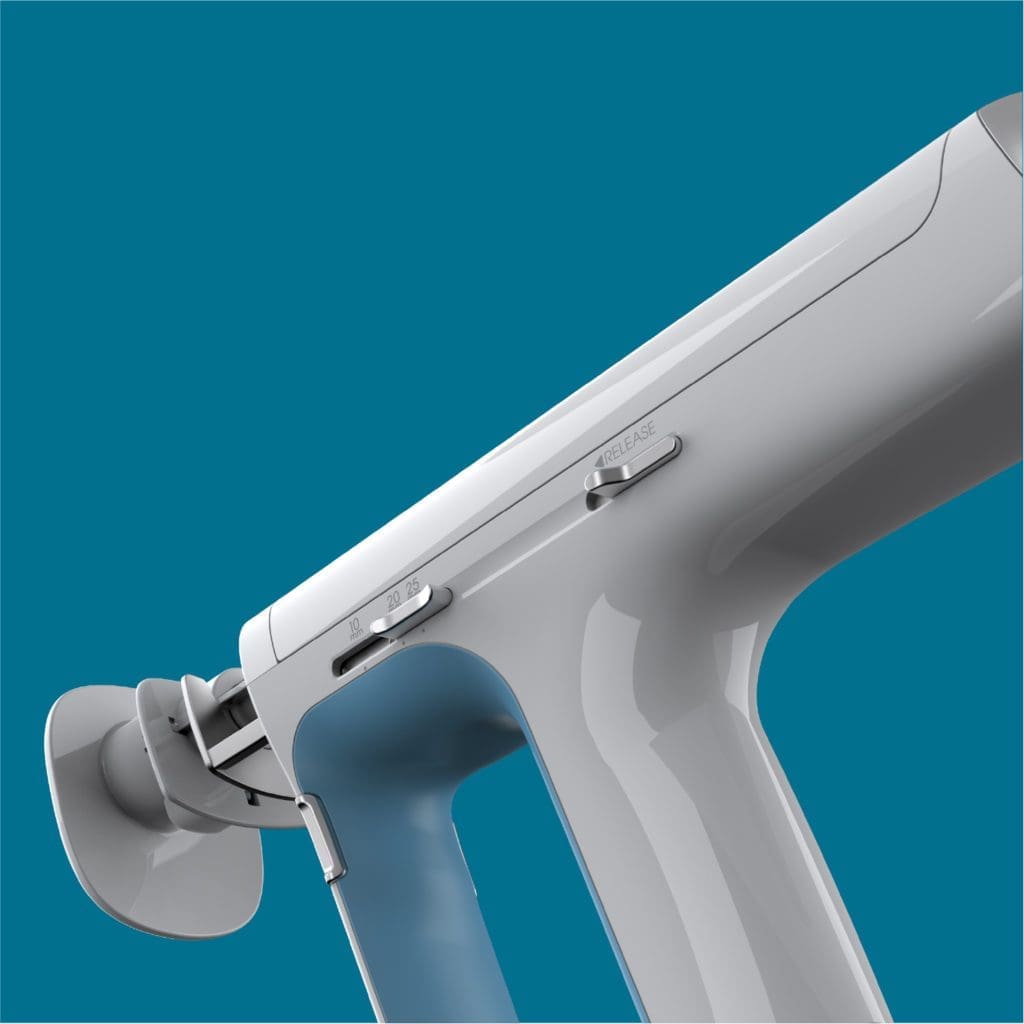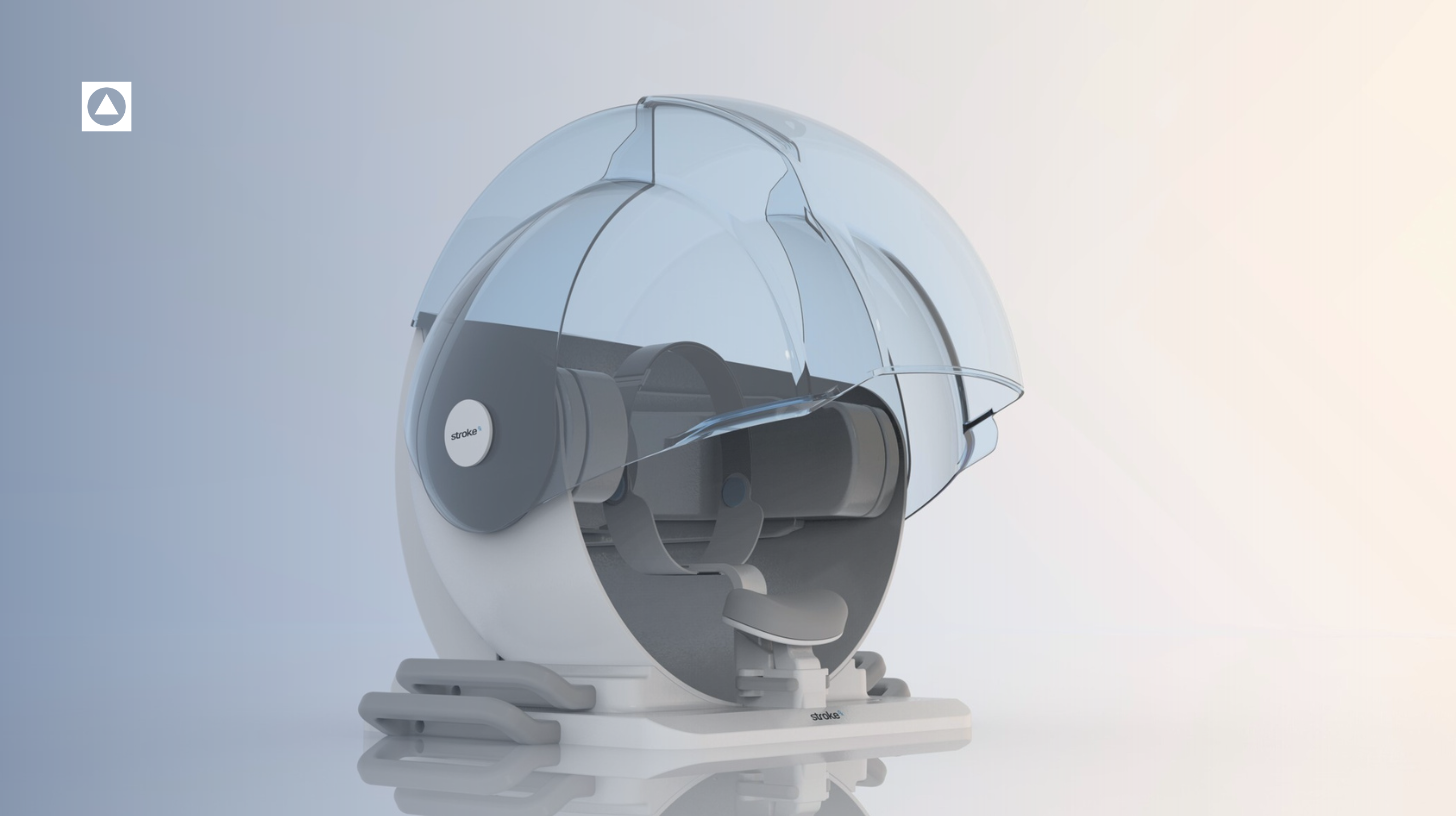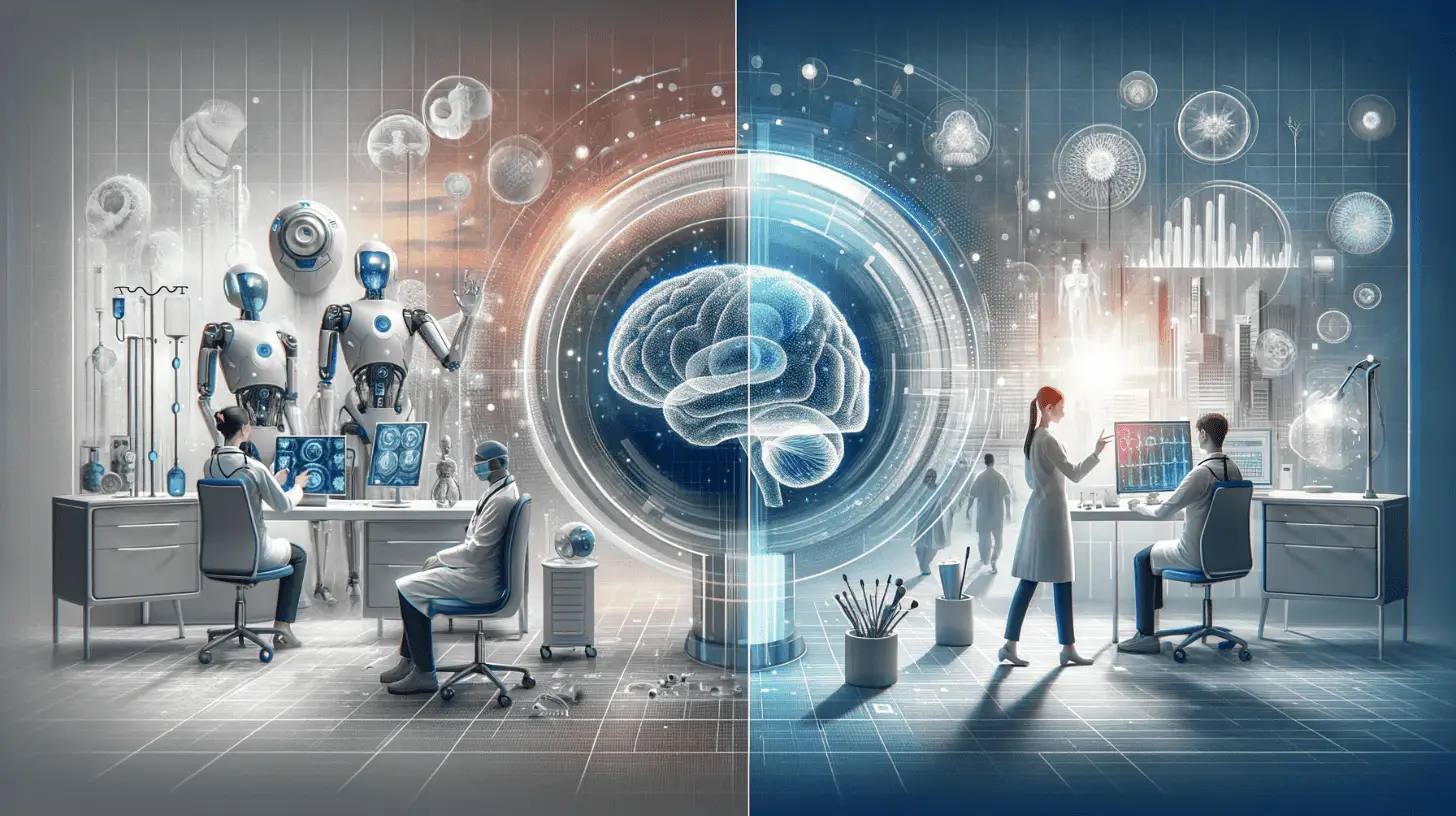Once you’ve determined that you want to design a medical device, you will move on to the next step: actually designing it. Some medical devices can seem like simple consumer products, especially when they are well-designed. However, behind each medical device is always a careful set of choices made by experienced designers and engineers. In this post, we’ll share insights from our decades of experience designing medical devices which will hopefully let you avoid some key pitfalls.

Identify the right problem
We encourage our clients to dream big when they think of the problem they want to solve, and then become tactical when framing their focus. Framing the problem properly is the best chance for solving it. Medical device design, development, and engineering can become an unnecessarily broad project without the right level of focus, especially in the case of something that hasn’t been developed yet.
At the outset of a new project, it’s fundamentally important to understand the problem that you’re solving. In practice, this is more difficult than it may seem, especially for internal teams that have spent years developing or studying the underlying technologies of the device they hope to create. We’ve seen time and time again that having an outside team help define or scope the use of technology in a new design and/or product development can help narrow the problem to something achievable with a reasonable budget and time frame.
Understanding the problem can also help your team avoid “problem creep”. Medical Devices are often used in conjunction with tens if not hundreds of other devices in complex ecosystems. Each other device in this ecosystem may be inadequate or insufficient in its own ways. As a result, inexperienced innovators often expand the scope of their devices, trying to solve too many problems in a comprehensive solution. This is often a mistake. One product usually has more than enough product decisions for a highly trained design and development team, working with an experienced client. In one of our recent projects to design a medical ventilator, we realized that dry air from high-pressure systems was another issue facing critically ill patients. However, rather than solving it within the ventilation system, we worked with our client to develop a separate medical device to be used in conjunction.

Psycho-Aesthetics® Research
Most issues related to problem scoping can be fixed with adequate research. By using a human-centered research approach like Psycho Aesthetics®, you’ll learn about the stakeholder experience. When designing or developing a medical device it’s essential to research the users, stakeholders, and competitive landscape. Medical devices exist within a complex ecosystem, and they are not just designed for the patient. They are designed for doctors, nurses, clinicians, medical assistants, and administrators. The device has been absolutely right for all of those users and stakeholders because if any one of those stakeholders finds the product difficult to use they will find a way not to use it. A medical device can be the best product or innovation the healthcare industry has ever seen, but if it’s difficult to use or administer it will simply be abandoned.
Setting up research can be a painstaking process. For proper research, you need experts who can give early feedback on early form factors and technologies. Unless you have existing relationships, you’ll need to rely on a proven process to find and retain your experts. During this research, you’ll need to take note of all of the information but stay focused on the problem you’re trying to solve.
Once the problem has been defined and research has validated the need, technologies can be chosen and tested. The earlier and more often technologies and form factors can be tested with experts the better. In almost all cases technology validation testing will lead to surprises. Sometimes users interpret choices and technologies differently than you had expected, in other cases, they will come up with something you haven’t thought of. Research is also a challenge of staying focused on the problem you want to solve.

Risk Management
The success of a medical device design and/or development project rests on risk management. Everything from the process, materials, and timeline of a medical device can lead to the possibility of rejection from regulators or from the stakeholders that buy and use the product. Failure modes and effect analysis are particularly important for the design and engineering of medical products. Failure modes and effect analysis is used to predict possible failure modes, and plan and evaluate effective modes of addressing them. This type of risk analysis is critical in keeping patients safe and the product effective.
Another way to manage risk is to through a well-thought-out and put-together product requirements document. A thoroughly considered product requirements document that is checked regularly and adhered to is important to make sure that the needs of various regulatory bodies and stakeholders are being been met. It also codifies the risk chain. As an example, materials choices often affect failure modes, where poorly chosen materials can be a barrier to FDA approval. In medical devices especially, the product requirement document should be crystal clear about use cases so the correct bio-compatible materials can be chosen.
